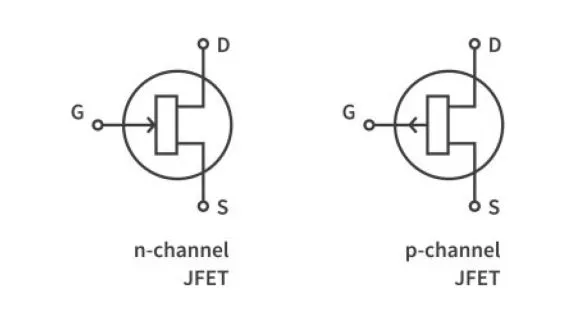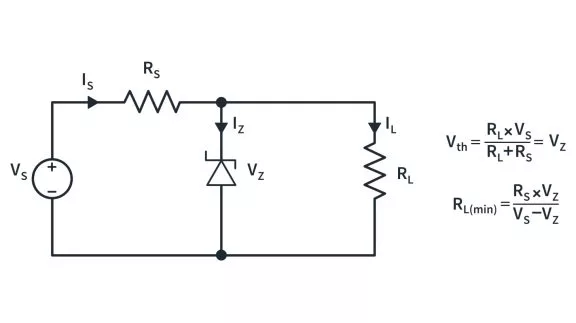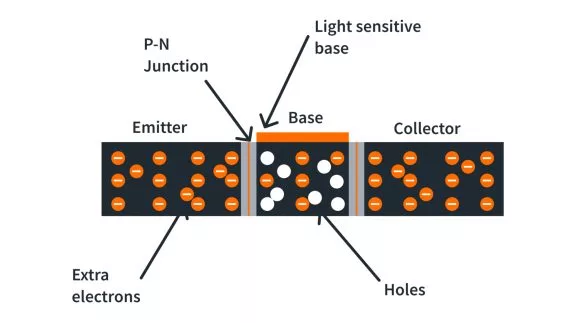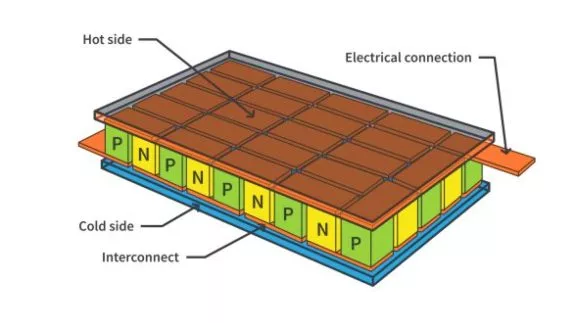Band Gap and Semiconductor Current Carriers
Published
If we recall some basic topics in chemistry, we’ll remember that all atoms consist of neutrons, protons, and electrons, except for a normal hydrogen atom which doesn’t have a neutron. Using the Bohr model, we can visualize that an atom has a central nucleus consisting of protons and neutrons that is surrounded by orbiting electrons.

The orbits surrounding the nucleus are grouped into energy levels known as shells and the outermost shell is called the valence shell. The valence shell of an atom represents a band of energy levels, which is why it’s also called a “valence band” and valence electrons are confined to that band. When a valence electron gains enough energy from an external source, it can escape from the valence band and goes to the conduction band.

Band Gap
The difference in energy between the valence band and the conduction band is called “band gap”. It is the amount of energy a valence electron must possess so that it can jump from the valence band to the conduction band, wherein the electron is free to move throughout the material. If the band gap is really big, electrons will have a hard time jumping to the conduction band, which is the reason of material’s poor conductivity.
Energy Diagrams
Let’s try to examine the energy diagram of the three types of materials used in electronics and discuss the conductivity of each material based on their band gap.

As we can see, the band gap between the valence band and conduction band in an insulator is really big. That is why it doesn’t conduct current.

The band gap in a semiconductor is smaller compared to an insulator and allows valence electrons in the valence band to jump into the conduction band if it receives external energy.

In a conductor, like copper, there’s no band gap. Actually, the conduction band and valence band overlaps, which means that electrons can freely move into the conduction band. This is why you may hear the electrons in metal referred to as a “sea of electrons” - they’re just floating around.
Current Carriers
Now that we know more about band gap, let’s discuss the two types of current carriers in a semiconductor, free electrons and holes, and see how they produce current in a semiconductor.

Atoms may combine to form a solid crystalline material through covalent bonding. For example, a silicon atom covalently bonds with four adjacent silicon atoms to form an intrinsic silicon crystal. Intrinsic because it doesn’t contain impurities and a crystal because there is a pattern in how the atoms are connected.
Electron Current

At room temperature, intrinsic silicon crystal gains enough heat energy that enables some of the valence electrons to jump into the conduction band, becoming free electrons. When this happens, vacancies are left in the valence band within the crystal. These vacancies are known as holes.

Now, if we put a voltage source across an intrinsic silicon material, the thermally-generated free electrons in the conduction band will be attracted to the positive end of the voltage source. They will move toward the positive end and this movement produces current in the material. This type of current is called electron current.
Hole Current
While electron current happens in the conduction band, the other type of current, hole current, happens in the valence band. Remember that as valence electrons jumped into the conduction band, vacancies or holes are left in the valence band. Electrons that remain in the valence band can move into a nearby hole when it receives a small amount of energy. This movement produces a current in the valence band called hole current.

Though the current is produced by valence electrons moving into a nearby hole, it is called hole current so that it won’t be confused with the electron current produced in the conduction band.
In Summary:
- Band gap and the current carriers in a semiconductor.
- The energy diagram of the three types of materials used in electronics, insulators, semiconductors, and conductors and briefly discussed their conductivities.
- The two types of semiconductor current carriers, free electrons and holes, and mentioned how they produce current in a semiconductor material.
Check Yourself
9 Questions

Get the latest tools and tutorials, fresh from the toaster.













